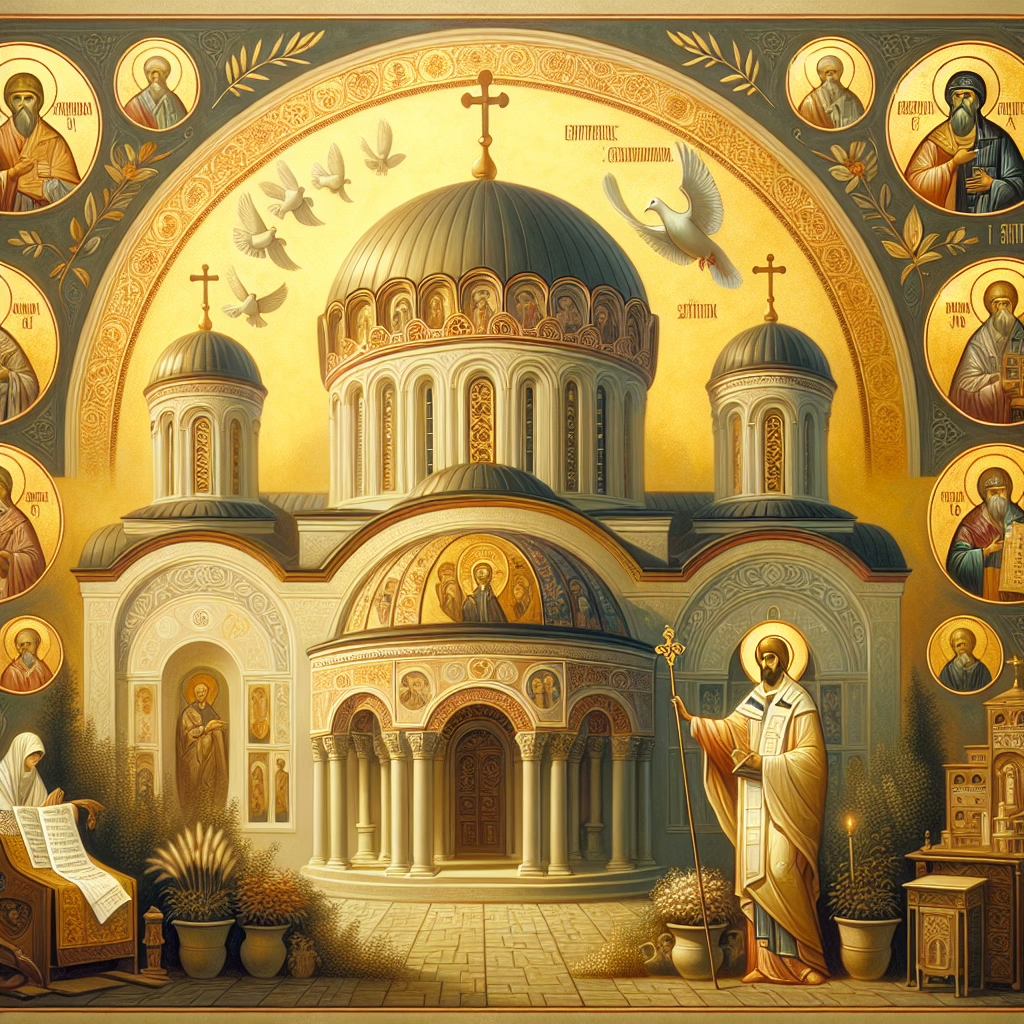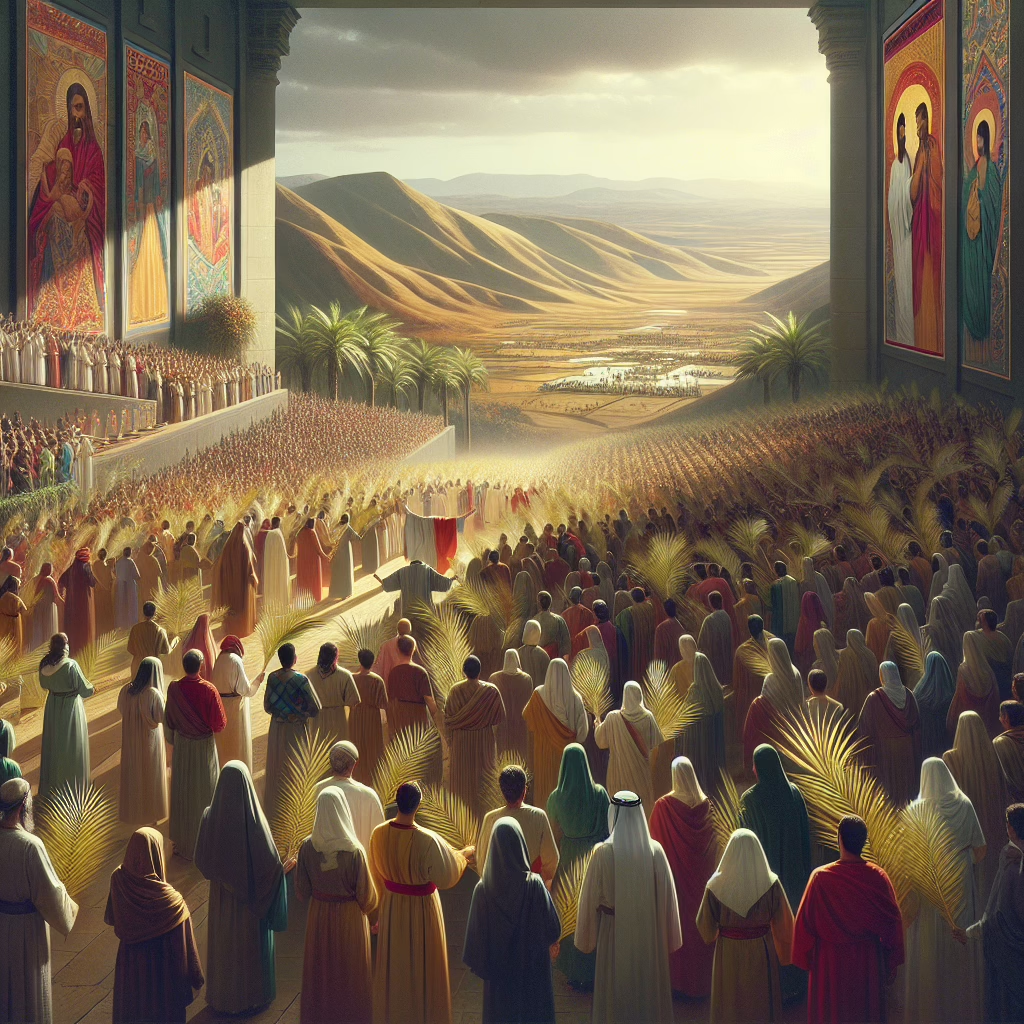Who Decides the Canon? A Response to Gavin Ortlund‘s “How Do We Know the New Testament Canon?”
In a recent video titled How Do We Know the New Testament Canon?, Gavin Ortlund tackles an important question for Protestants and other Christians alike: how can we trust the New Testament canon if the process of its formation was fallible? As a Protestant, Gavin offers a framework he believes makes the canon trustworthy, even without infallible guidance from the Church. While his arguments are thoughtful, they reveal some significant misunderstandings about authority, infallibility, and the role of the Church. Let’s break it down.
1. How Did Israel Recognize the Old Testament Canon?
Gavin begins by arguing that Israel received the Old Testament scriptures through a fallible process, yet Jesus still held them accountable to those scriptures (00:57–01:21). He suggests this parallels how Christians received the New Testament canon: no infallible authority was necessary, only a trustworthy process.
However, this overlooks a critical detail about how Israel recognized its scriptures. God gave authority to the High Priest, the Levitical priests, and other leaders to guide the people in matters of worship and scripture (cf. Deut. 17:8–12; Mal. 2:7). Jesus acknowledged this authority when He said, “The scribes and Pharisees sit on Moses’ seat; so practice and observe whatever they tell you, but not what they do” (Matthew 23:2-3).
The Church functions in a similar way. Just as God established an authoritative structure for Israel, Jesus gave authority to His Church through the apostles and their successors (cf. Matthew 16:18-19, Matthew 18:18). It was not a matter of laymen offering their opinions, but of Spirit-guided leaders discerning and preserving the canon.
2. The Canon and Infallibility
Gavin claims that the Church came to a universal agreement on the canon without any infallible declaration (01:40–02:47). He emphasizes that the councils of the late 4th century (e.g., Hippo, Carthage) were local and fallible, and thus the process was trustworthy but not infallible.
Here, Gavin misunderstands the purpose of infallible declarations. Dogmas are typically defined in response to disputes, not to establish something already widely accepted. For centuries, the Church operated with an implicit understanding of the canon. It wasn’t until the Reformation, when Protestants began rejecting certain books, that the Council of Trent made an infallible declaration on the canon.
If the process of canonization were fallible, it could be wrong. Gavin argues that a fallible process can still be trustworthy (04:46–05:17), but this sounds more like a rhetorical maneuver than a substantive argument. If a fallible authority can err, how can we trust it with something as foundational as the canon of Scripture? The Catholic understanding avoids this problem by affirming that the Holy Spirit guided the Church infallibly in determining the canon.
3. Fallible Lists vs. the Canon
Gavin tries to compare the fallibility of the canonization process with the fallible lists of other infallible teachings, such as Eastern Orthodox councils or ex cathedra papal statements (03:56–04:22). However, this comparison falls short.
The canon directly determines the content of Scripture, which serves as the foundation for Christian teaching. If the canon is fallible, the entire foundation of faith is unstable. Uncertainties about ex cathedra statements or specific councils, by contrast, do not affect the Church’s teaching authority as a whole.
Furthermore, if the Church were to issue an infallible list of ex cathedra statements, it could do so definitively. This option is unavailable to Gavin’s Protestant framework, which lacks an authoritative mechanism for resolving disputes over the canon.
4. The Individual vs. the Church
Throughout his video, Gavin emphasizes the role of individual discernment in accepting the canon and rejecting certain teachings, such as Marian dogmas (04:57–06:48). This approach raises a significant problem: it places individuals, rather than the Church, as the arbiters of truth.
Scripture identifies the Church, not individuals, as “the pillar and foundation of the truth” (1 Timothy 3:15). Jesus gave the Church the authority to bind and loose (Matthew 16:19; Matthew 18:18) and promised the Holy Spirit would guide her into all truth (John 16:13). Gavin’s reliance on personal judgment undermines this biblical model and leads to the fragmentation seen in Protestantism today.
The Church’s authority is essential precisely because individuals are fallible. We trust the Church’s teachings, including the canon, not because of personal discernment but because the Church is guided by the Holy Spirit.
5. Mary and the Assumption
Gavin contrasts the canon with Marian dogmas, particularly the Assumption, arguing that the canon began to be resolved early, while Marian doctrines emerged later (06:48–07:57). He claims the lack of early attestation to Mary’s Assumption undermines its credibility.
This objection misses the historical and theological context. In the early centuries, the Church’s focus was on spreading the Gospel and addressing heresies, particularly Christological ones. It’s not surprising that doctrines like the Assumption would take longer to be articulated.
Furthermore, the Assumption was likely passed down through oral tradition, much like the teachings of Jesus before the Gospels were written. The absence of extensive early writings does not negate its truth; it simply reflects the priorities and circumstances of the early Church.
Finally, Gavin’s argument highlights the danger of individual discernment. If each person decides what is true, as Gavin seems to suggest, how could Jesus hold people accountable to the Scriptures (cf. Matthew 22:29)? They could simply reject the canon itself, just as Gavin rejects Marian doctrines.
6. What Church?
When Gavin speaks of “the church” recognizing the canon (02:26–02:36), it’s important to ask: what church? The canon was discerned by the Catholic Church, which had no rival in the 4th century. Protestants rely on the Catholic Church’s work in recognizing the canon, even as they reject her authority.
This is inconsistent. By rejecting the authority of the Catholic Church, Protestants undermine the very foundation on which they accept the canon. The canon wasn’t a Protestant invention; it was the fruit of the Catholic Church’s Spirit-guided discernment.
Conclusion
Gavin’s argument ultimately fails to address the necessity of divine authority in recognizing the canon. Without the Church’s infallibility, there is no objective standard for determining the canon or resolving doctrinal disputes.
The Catholic Church, guided by the Holy Spirit, ensures the trustworthiness of the canon, Marian doctrines, and all her teachings. As Jesus promised, the Holy Spirit leads the Church into all truth (John 16:13). Protestants may borrow the canon, but they cannot claim the authority that discerned it.
Gavin’s video raises important questions, but the answers lie not in fallible processes or individual discernment, but in the authority of the Church Christ founded. Only through this authority can we confidently say, “These are the Scriptures of God.”






Leave a Reply